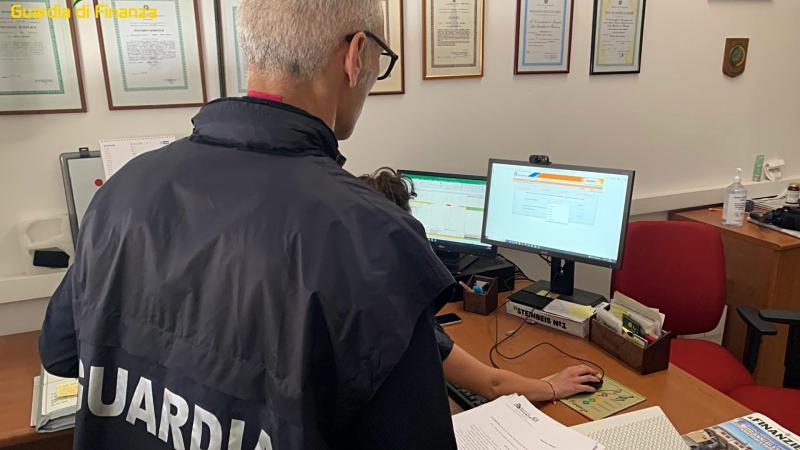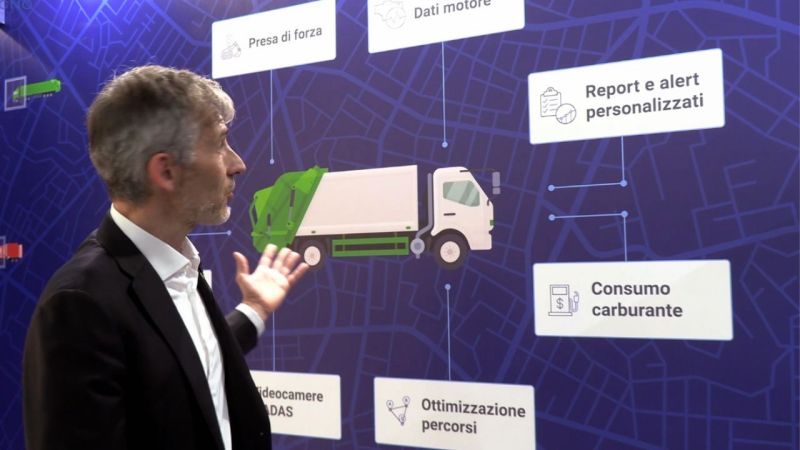On November 30, 2024, the international consortium Trascend was announced in Bologna. The initiative aims to protect transportation and logistics infrastructure from cyberattacks and natural threats. With an initial budget of €4.37 million funded by the European Union under the Horizon Europe program, the consortium brings together 21 entities from seven countries: Italy, Luxembourg, Spain, Belgium, Ireland, Hungary, and Greece. Trascend leverages advanced digital technologies to proactively respond to potential threats to critical transport infrastructure, such as intermodal terminals, logistics centers, and storage depots, ensuring protection against cyberattacks and natural disasters.
The consortium is coordinated by the Luxembourg Institute of Science and Technology and includes various sectoral organizations across Europe, such as Open ENLoCC, which promotes cooperation in sharing logistics knowledge. The Italian members involved include Interporto Bologna, Gruber Logistics, the Institute for Transport and Logistics (Itl), and Dba Group.
Trascend focuses on several use cases for protecting logistics hubs. A notable example is the Interporto di Bologna, a strategic hub for European freight transport that hosts Gruber Logistics' operations. Additionally, Itl plays a crucial role in analyzing and developing cybersecurity solutions for transport infrastructure. At Interporto di Bologna, operations are almost entirely digitalized and heavily automated. Trascend, therefore, addresses key questions: what would be the impact of a cyberattack on Interporto di Bologna or Gruber Logistics' operations? How can these vital infrastructures be effectively protected?
The official kick-off meeting, held on October 2-3, 2024, at Itl and Interporto in Bologna, established operational guidelines for the coming months and included visits to key facilities, such as Gruber Logistics' warehouse. During the meeting, participants discussed each member's contributions and began mapping the processes necessary to extract and model recurring data structures to ensure effective protection.




























































